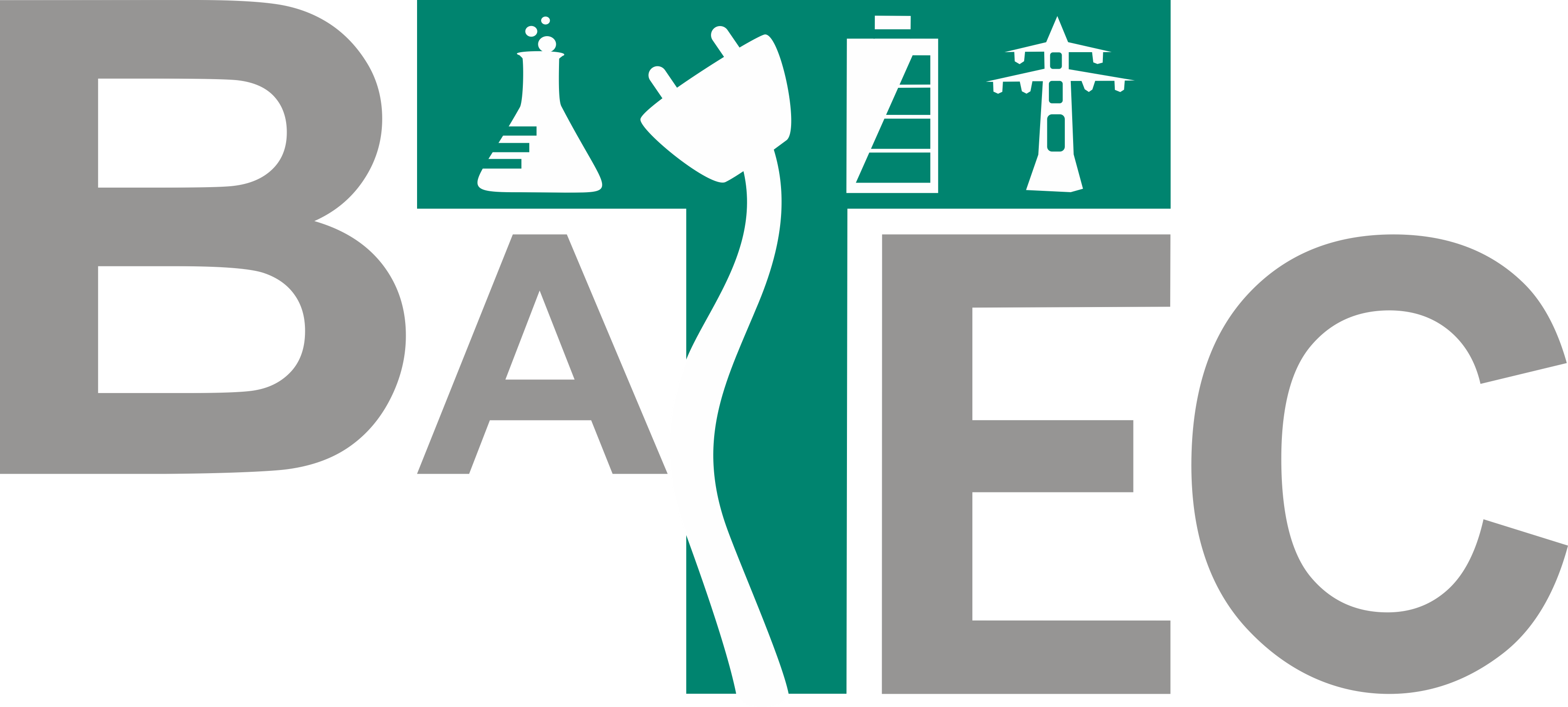
ESiP - Energy Storage in Production
- Contact:
- Project Group:
Systemsteuerung und -analyse, Leistungselektronische Systeme
- Funding:
- Partner:
EA Systems Dresden GmbH, Fraunhofer IWU, Gerotor GmbH, H&T ProduktionsTechnologie GmbH, LioVolt GbR, NILES-SIMMONS Industrieanlagen GmbH, Skeleton Technologies GmbH, Power Innovation Stromversorgungstechnik GmbH, Watttron GmbH
- Startdate:
01.03.2022
- Enddate:
29.02.2025
Objectives and Results
The aim of the "Energy Storage in Production (ESiP)" project is to examine the use of energy storage systems in industrial production and to enhance their potential for application. The central research and development focus is the creation of a tool for designing energy storage systems of different technologies on machines and plants in industrial production. To this end, the project partners' experience in the fields of energy storage technology and power electronics is being combined with the requirements of production technology.
Another key factor for the efficient use of energy storage systems in production is operational management. Suitable control strategies are being developed in the project to ensure the technical and economic operation of the energy storage systems. In addition, the project partners' energy storage systems will be tested on demonstrators in production.
Contents and Approach
The ESiP project is divided into six interdisciplinary work packages that build on each other and are being worked on by the research and industry partners. At the beginning, a comprehensive analysis of potential fields of application on different production machines and plants will be carried out. On this basis, self-learning adaptable design and operation management algorithms will be developed. A digital twin is generated to simulate the operation management strategies of the energy storage systems. The mathematical models for describing the behavior of the machines and systems, the energy storage systems and the operation management strategies are mapped in a physical modeling language and model library. By building demonstrators capable of mapping different representative load scenarios, the design and operation process of energy storage systems will be validated by the design tool.
Project Volume
2,3 Mio. €

